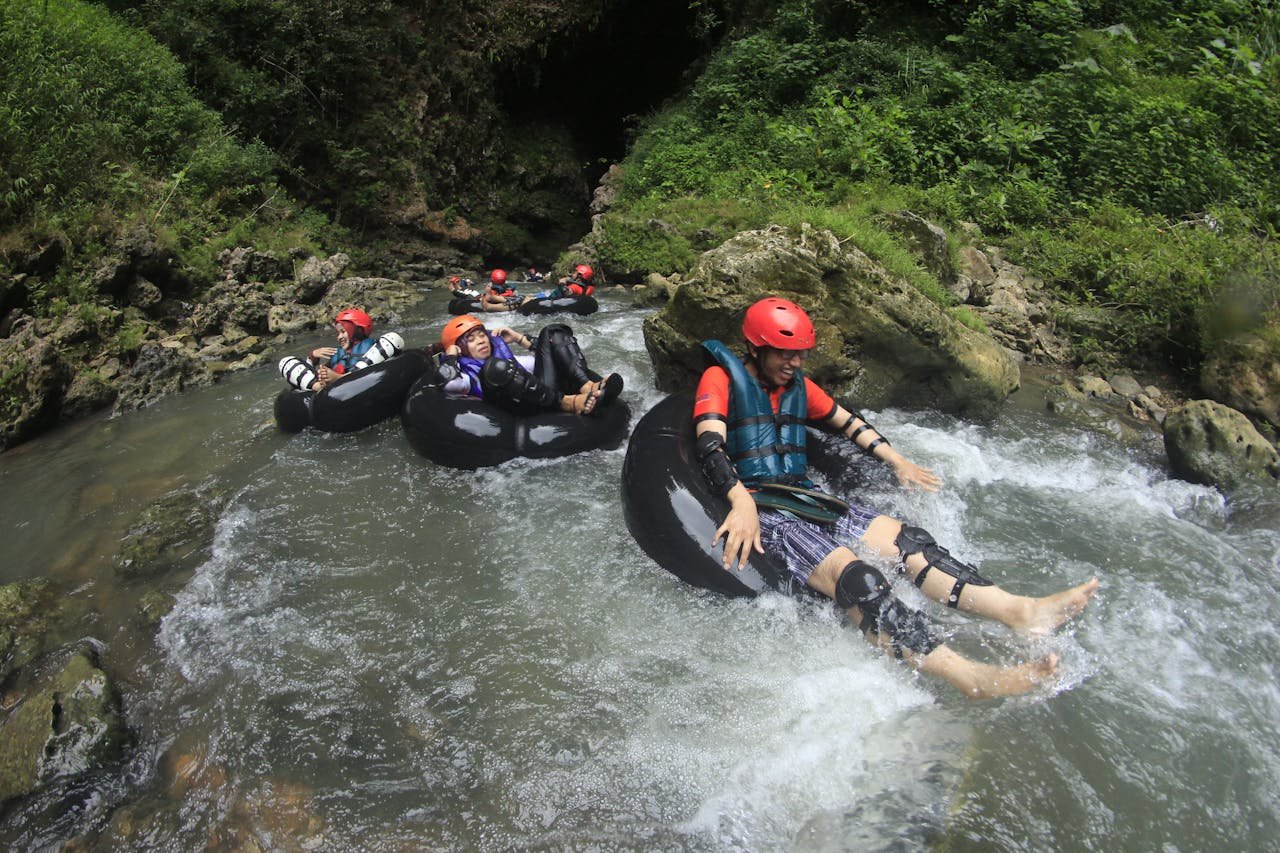How to Best Prepare For a River Rafting Experience
River rafting is an exhilarating adventure that allows you to navigate through rushing waters surrounded by breathtaking scenery. Regardless of ability level, being well-prepared is necessary for a safe and fun event. From choosing the right gear to understanding river dynamics, here are essential tips to help you prepare for your next river rafting trip.
1. Research Your Destination
It is advisable to take your time researching your chosen destination extensively before embarking on your river rafting adventure. Every river offers a unique experience because they have various topographies and degrees of difficulty. If you visit the Middle Fork river, plan your Middle Fork American River Rafting trip carefully to guarantee a thrilling and safe experience. Find reliable sources to learn about the river’s characteristics, skill requirements, and required permits. Look into online forums and communities as well, where other rafters share their insights and tips. Getting information from a range of sources can help you plan your holiday and make more informed decisions.
2. Choose the Right Gear
Selecting the appropriate gear is necessary for a good river rafting experience. Ensure that the personal flotation device (PFD) you purchase fits comfortably and snugly, satisfies safety regulations, and is appropriate for the circumstances of whitewater rafting. Additionally, choose moisture-wicking shirts, shorts, and pants—or any other quick-drying apparel—made of synthetic materials that draw moisture away from your skin. These clothes assist in controlling body temperature and shield against moisture-related discomfort. Remember to include necessities like sunscreen to protect your skin from the sun’s harmful rays during prolonged exposure, strong water shoes with excellent traction for stable footing on slippery surfaces, and a helmet to protect your head from potential collisions. You may completely enjoy your river rafting journey while minimizing dangers and maximizing fun by prioritizing safety and comfort with the appropriate gear.
3. Understand River Dynamics
It is necessary to comprehend fundamental river dynamics to negotiate obstructions and rapids safely. To determine the degree of difficulty you’ll face on your rafting trip, familiarize yourself with the International Scale of River Difficulty and learn about various river phenomena, such as eddies, waves, holes, and hydraulic currents. Reading the river, comprehending its flow patterns, and making wise decisions while on the water can all be facilitated by enrolling in a thorough river safety course or by hiring a knowledgeable guide. If you want to go on group trips and get practical experience with the instruction of experienced rafters, think about joining local rafting clubs or organizations. Gaining confidence and competence through constant growth in river navigation abilities leads to safer and more pleasurable experiences. Travel SIM Cards
4. Pack Wisely
When packing for your river rafting trip, prioritize essential items while minimizing unnecessary weight and bulk. Secure your belongings in waterproof dry bags to protect them from water damage, ensuring critical items like clothing, food, and electronic devices remain dry and functional. Additionally, consider bringing along a small first aid kit stocked with essential supplies such as bandages, antiseptic wipes, and pain relievers to address minor injuries or medical emergencies. An emergency whistle is crucial for signaling in remote areas. A repair kit with duct tape, patching material, and a multi-tool is handy for gear fixes. Remember to bring water and food with you so you can restore the fluids and electrolytes you lose as you exercise.
5. Respect the Environment
Remember to leave no evidence of your river rafting excursion and treat the environment with care. Dispose of waste properly by packing out all trash and recyclables, minimizing your ecological footprint, and preserving the pristine beauty of the river ecosystem. Adhere to designated camping areas and follow Leave No Trace principles, setting up camp on durable surfaces away from fragile vegetation to minimize environmental impact. Respect wildlife and vegetation by keeping a distance, minimizing noise, and avoiding disturbance. To protect the natural beauty of our rivers for future generations, abide by the Leave No Trace philosophy.
Conclusion
Preparing for a river rafting experience requires careful planning and attention to detail, but the rewards of exploring stunning waterways and conquering thrilling rapids make it all worthwhile. By researching your destination, choosing the right gear, understanding river dynamics, packing wisely, and respecting the environment, you can embark on a safe and unforgettable adventure on the water.







